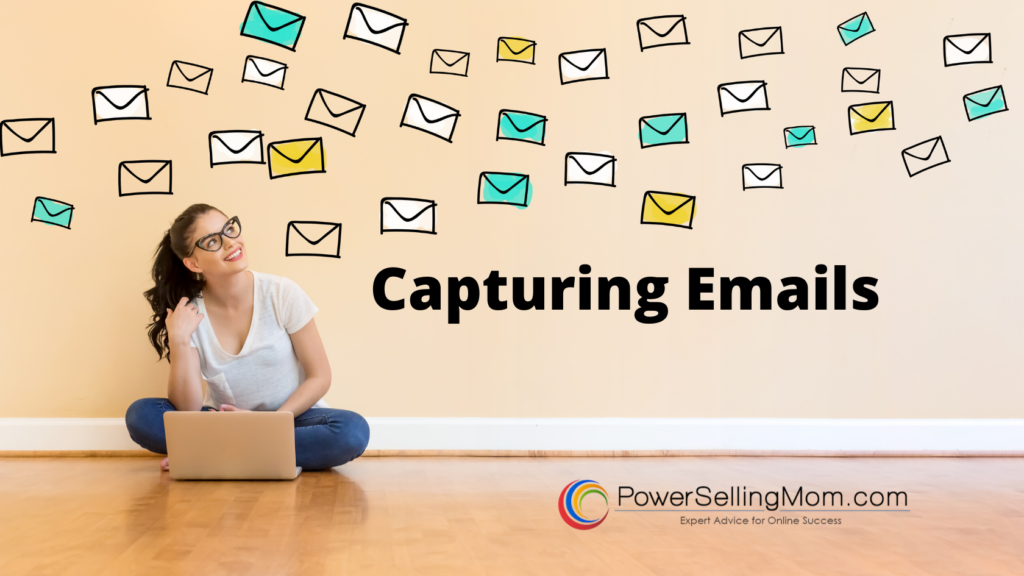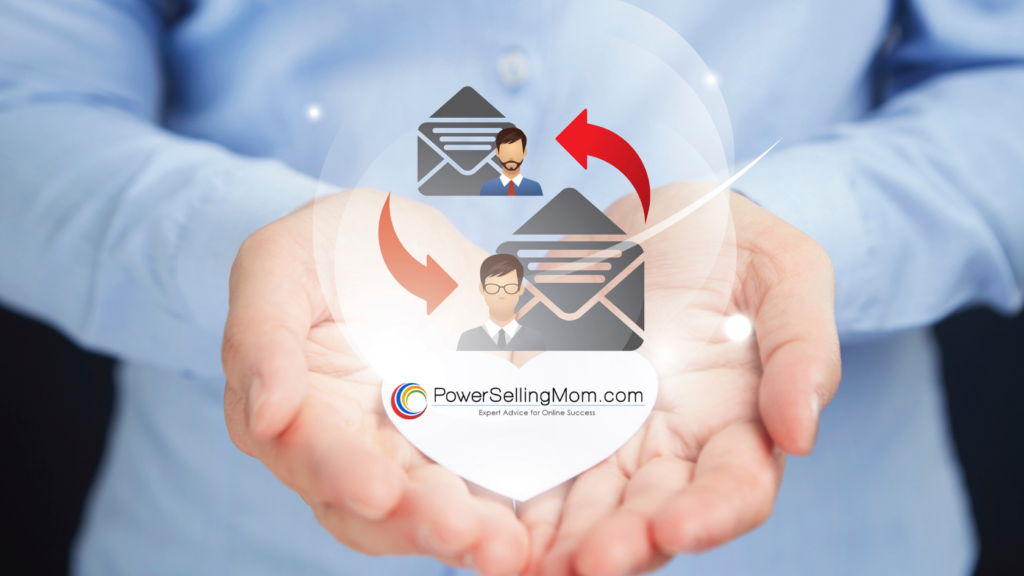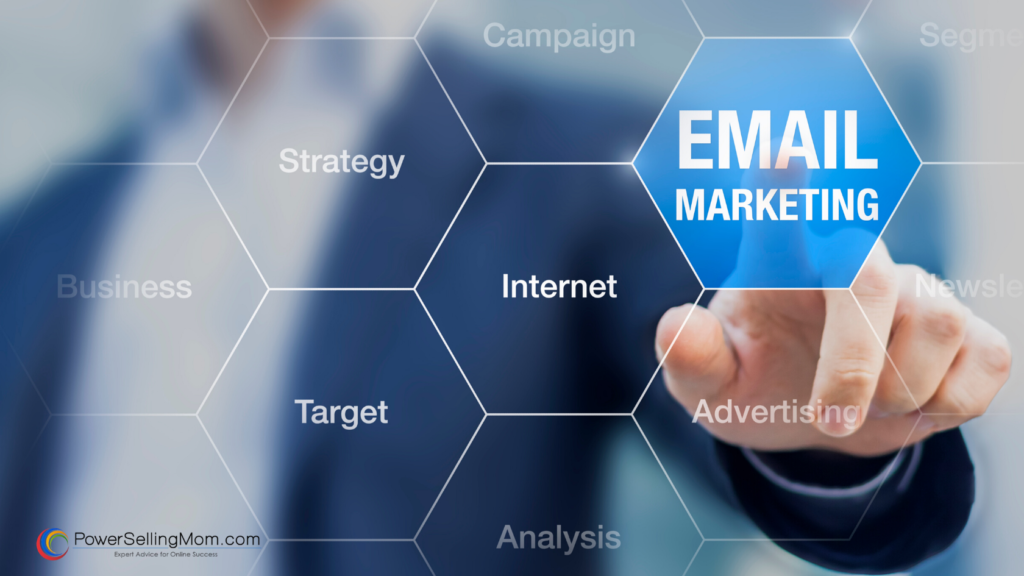When you’re trying to grow your business, there’s nothing more practical than a well-written and carefully-executed email campaign.
Experts say that email marketing offers the highest return on investment (time and money) for your business, at nearly $40 returned for every $1 spent. But you may exceed that return depending on the effort you put into it.
Joining business associations, using reverse email lookups, sticky messages, and other techniques and tools will accelerate your email marketing campaign’s returns.
Important Email Marketing Concepts

Capturing emails will get you started, whether at point of sale or on your website. It may be more effective to offer an incentive in exchange for the email, such as a discount on future orders/purchases, highlights of industry developments or news, or other customer-pleasing information (always keeping it upbeat).
Remember to:
- Get the customer’s first name for personalization, which can dramatically increase the open and click-through rate (user interaction) with the email (some say that a personalized subject line gets opened 26 percent more!)
- Ask your loyal customers to forward your message to a friend and offer rewards for referrals (this may require sending a welcome message with an additional “opt in” to make it legal),
- Offer several subscription options so they can choose what kind of emails to receive and how often.
Grow Your Email List

Grow your list with alternative tools such as email lookup or username search for B2B clients. Your email list is only strong if it’s constantly being expanded, pruned, and segmented.
You may want to target prospective customers by creating a profile of your dream customer and working backward from there by identifying likely individuals, locating their email addresses, and establishing relationships through engaging email content.
Consistency

Consistency in your message and brand is key. Take time to plan your message style, frequency, and strategy, which requires allocating resources, even outsourcing blog entries. Folks want to associate with positivity and uplifting content, whether there’s a material reward (such as a discount) or not. Can you:
- Visual branding is important, using your logo, an inspirational quote, or punchy colors;
- Optimize the message for mobile phones as most people at least scan on their phones;
- The subject line is crucial, whether it’s funny, highlights the call to action, or calls attention to the best portion of the message, and
- Don’t take more time than is worthwhile for message.
Takeaway
Takeaway impact should be clear for each message, otherwise it’s not worth the time. What valuable content are you offering to the customer:
- Highlight a client’s business,
- Download an industry-specific white paper,
- introduce unique information about employees or processes,
- Offer insight into responsible sourcing that will make customers feel good about their purchases, or
- Offer a peek behind the scenes using short videos?
Accuracy
Accuracy and effort are rewarded. Be sure a second or third person reads the email before it is sent. Try sending test emails to review the message in its final format, and open on multiple devices to trouble-shoot any layout issues.
Segmenting

Segmenting messages increases the impact. It means creating one email directed at retail customers and another for suppliers, professional associates, or other groups. Reverse email look ups can be helpful here to determine which group or groups the individual belongs to.
Segmenting may also be done geographically, by age, or by other demographics (people with children, by income brackets, etc.), much of which can be learned through reverse email look-ups and username search tools for those who are motivated to do so.
These messages may use much of the same content but with subtle differences in tone and approach. For instance, employee-made video shorts of behind-the-scenes activities can make retail customers feel closer or more invested as well as being useful for sending to industry associates.
Consider Segmenting B2B messages:
- by industry;
- relationship (supplier/customer);
- by prospect vs. confirmed customer, or
- by loyalty level (total purchases or length of relationship).
Subject lines

Subject lines are crucial to getting eyeballs on your email message. Be creative, perhaps offer an in-house incentive to the employee who comes up with the best/most opened subject line in a 6-month period. Suggestions for this most important component include:
- Splitting your email list between two messages with different subject lines but the same content to see which gets opened more;
- Ask a question;
- Avoid words that will get your email sent to spam filters including “free”, or
- Make it a call to action.
Deliver
Deliver something of value. By sending an email you’re asking for a person’s time. In exchange, be sure to make it worthwhile with unique insights, information, an announcement, amazing eye candy, or a significant offer.
You don’t want “unsubscribe” to be their best option. Other tips:
- Keep your message short and to the point;
- Engage rather than pitch, to develop the relationship;
- Make a dedicated landing page on your website for those who click through, and
- Make it easy to scan through your content, as recipients are overwhelmed with information and prefer bullet points and specific links to big blocks of text.
Measuring the Impact

Measuring the impact of your email campaigns is simplified by most commercial email platforms. Check the bounce rate and other results to make changes for future campaigns.
You can also check this parameters to find out more:
- Day and time sent;
- Subject line;
- Subject line to specific demographics;
- Associated interactions or sales;
- Use of the embedded incentive (coupon, discount code, etc.), and
- Open/unsubscribe/bounce rates.
Act on Your Analysis
Act on your analysis of messages. If you’re not achieving the desired outcome, it’s time to reconsider your approach. Perhaps you should send a “win back” message to those who haven’t opened an email in a certain period of time.
Author

Ben is a Web Operations Executive at InfoTracer who takes a wide view from the whole system. He authors guides on entire security posture, both physical and cyber. Enjoys sharing the best practices and does it the right way!
Related Articles:
- https://powersellingmom.com/say-say-email-marketing/
- https://powersellingmom.com/7-original-ways-to-mix-social-media-and-email-marketing/
![]()

